The Chinese Elm (Ulmus Parvifolia) is a wood species that thrives in the US Department of Agriculture 5b to 10a plant hardiness zones. What makes this wood a standout is its colorful leaves in the fall when grown in the northernmost portion of the range, while staying evergreen in the south. For this reason, this tree is excellent for landscaping, as it has minimal potential for invasion, does not create a mess, and has less attraction to unwanted animal friends. Is Chinese elm a hardwood? Yes, it is.
Why a Hardwood?
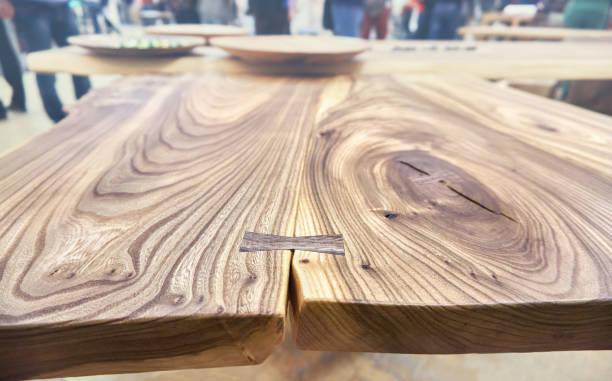
For one, the terms hardwood and softwood can turn out to be deceiving. In fact, they do not really refer to the consistency or strength of wood or lumber. Even though the lumber from most softwood varieties is less dense compared to hardwoods and usually features more air pockets, identifying whether a specific tree species is hardwood or softwood naturally depends on how they actually reproduce.
Softwood tree species are also known as gymnosperms. This means that they reproduce by creating cones that has pollens. As the wind distributes and spreads the pollens to different directions, the seed is produced and then dropped into the ground, thus planting a new tree. Examples of soft woods include evergreen conifers and pine trees.
Hardwoods, on the other hand, are referred to as angiosperms. They reproduce by making seeds cased in fruits or nuts, spreading pollens through flowering. Most trees reproduce this way, including the Chinese Elm tree.
Chinese Elm Wood Features
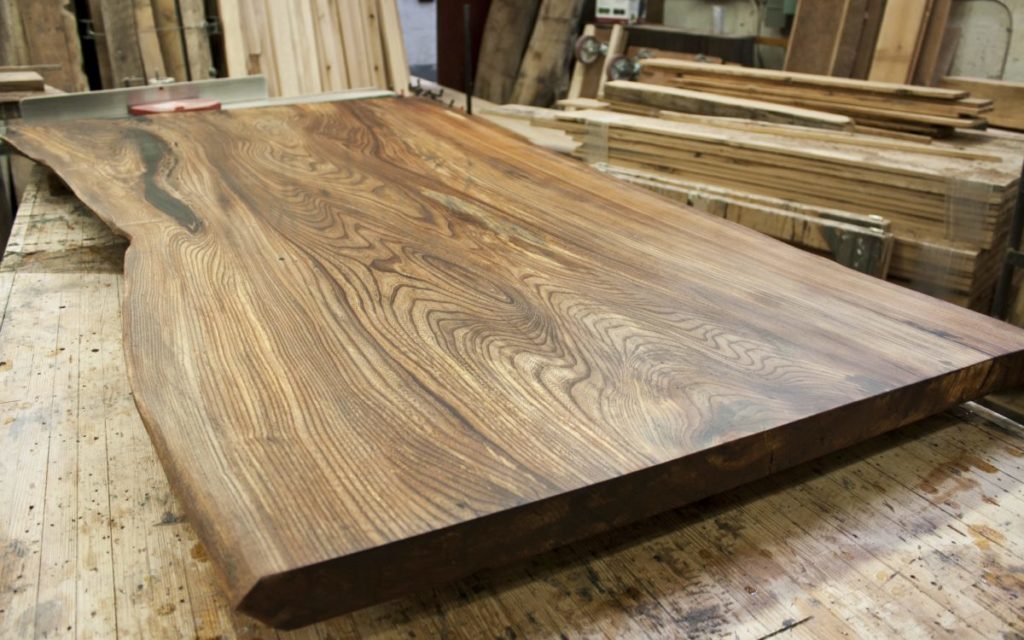
The Chinese Elm tree can be spotted quite easily. It is a gorgeous, huge plant that is not just graceful and attractive, but also features wonderful qualities, such as being disease resistant and fast growing. The tree itself features weeping branches and dark-green foliage. If the leaves do not change color, then you can enjoy the tree’s colorful bark.
This tree is native to Asian regions, specifically in the countries of China, Japan, North Korea and Taiwan. It is also known as lacebark elm. This plant is quite hardy. The color, whether deciduous or evergreen, highly depends on the climate where it is grown. In warm climates, the wood is evergreen.
This tree grows fast. It can reach to an average of 40 to 50 feet in height, with some even growing up to 70 feet, given that the conditions are ideal. They grow into a round, upright, thick and graceful canopy, with long, spread out branches, making it look like a vase.
Timber Use
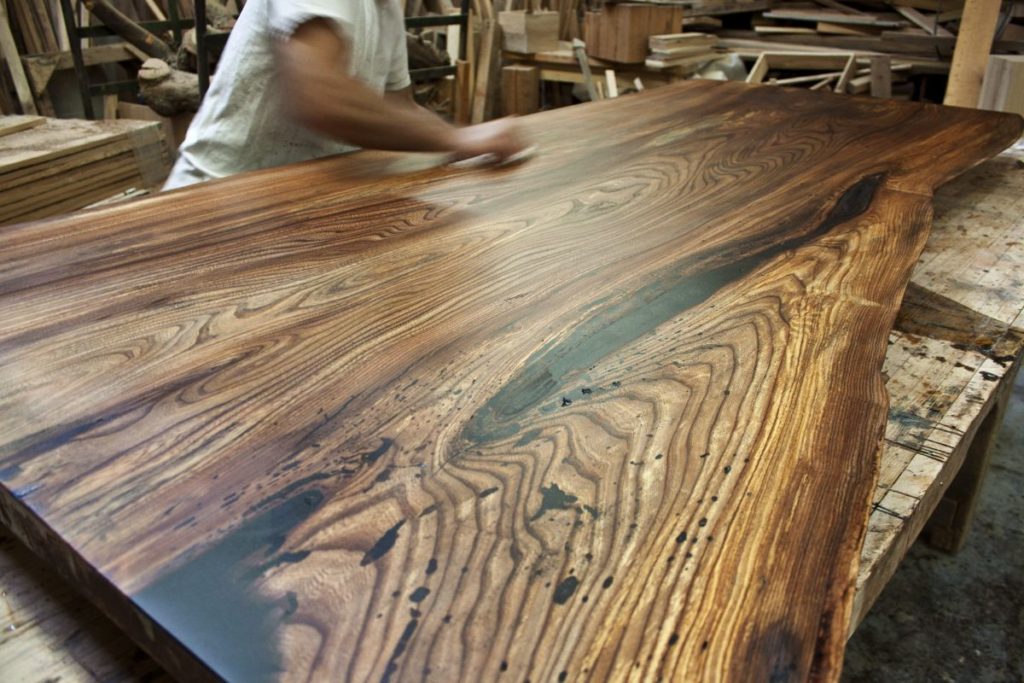
The Chinese Elm is often considered as the hardest among all the elms. As such, it is ideal for making chisel handles, and other similar purposes because of its amazing hardness, resistance to splitting and overall toughness. The lumber is also used for making furniture, veneer, cabinets, hardwood flooring, as well as in making tool handles and longbow construction.
The heartwood of Chinese Elm ranges in hue from reddish brown to a light tan. Its sapwood, on the other hand features an off-white color. The grain is described as dramatic and handsome. Unlike other types of Elms, the Chinese elm offers a spicy or peppery odor when freshly cut. Even though it takes a beautiful polish without using any finish, while holding details fine, it is often considered too tough for hand or carving tools.
Chinese Elm wood also contains silica, which is hard on chainsaws and planer knives, though it sands quite easily. Just like other woods that feature interlocking grains, the planes need to be extra sharp so as to avoid tearing right at the margins of the grain. It also steam-bends easily, while holding the screws well. Countersinking and pilot holes are required, however. This wood has the tendency to be “lively”, which means that it has a huge tendency to distort and warp while drying.
Resistance to Pests and Diseases
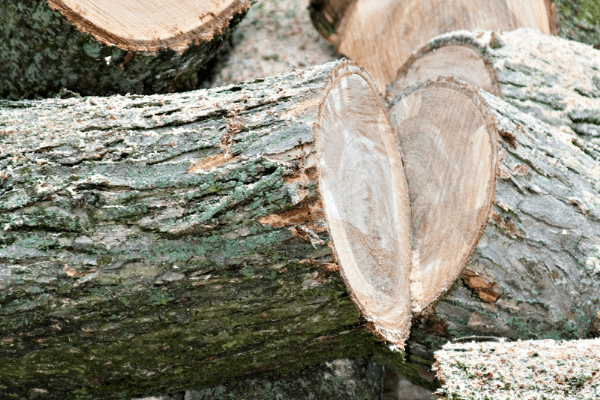
Another reason why the Chinese Elm wood is preferred by many is because of its resistance to pests and diseases. While they are resistant, they are not completely immune, especially to the Dutch Elm disease. This wood is also highly resistant to the Xanthogaleruca Luteola (elm leaf beetle), and moderately susceptible to elm yellows.
Among its enemies include a certain fungus known as the Phymatotricopsis Omnivora, which has been reported to result to sudden death among infected Chinese Elem in certain regions of the southern United States.
Is it Good for Firewood?
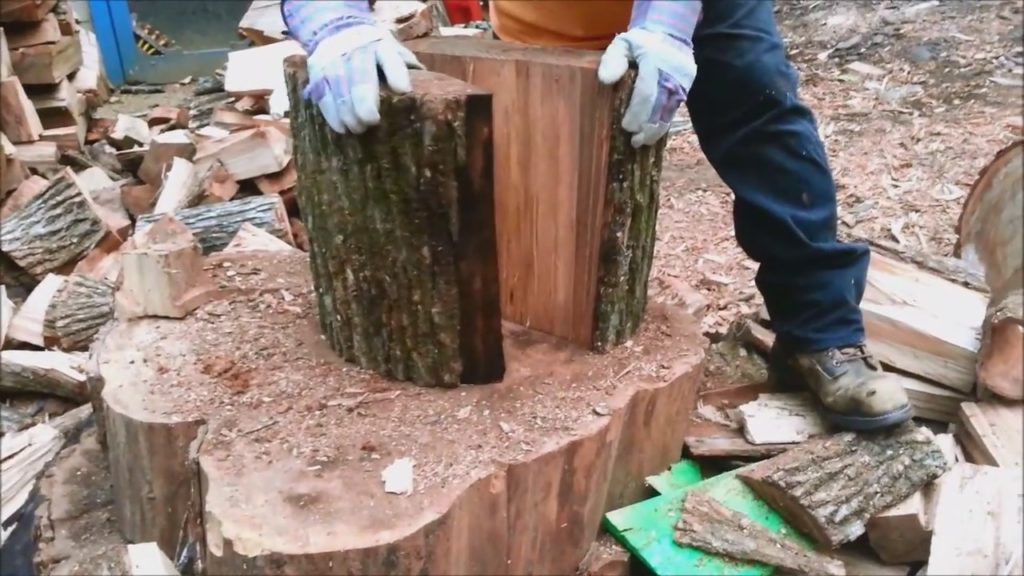
As mentioned, Chinese Elm wood is a hardwood, and very tough at that. As such, it is not ideal for firewood use. The primary reason for this is that you may find it hard to chop, and even takes a longer time to start a fire. If you find Chinese Elm wood outside which may be rotten or wet, then you can expect it to produce very minimum heat.
Chinese Elm also easily accumulates a lot of dirt, ash and sand, making the process of cleaning up a challenging one. If you happen to buy Chinese elm wood and want to burn it, you may have to wait for it to mature and dry before throwing it into the fire.
When burned, you can anticipate moderate levels of smoke with a pretty decent smell. This wood burns slowly, which means that the fire can last longer than other types of wood. The slow process of burning causes a lot of ashes, making it difficult to clean afterwards.
Conclusion
Is Chinese Elm a hardwood? Yes, it is, growing in hardiness zones from 5b to 10a. Chinese Elm easily turns, taking a beautiful polish off the lathe, even without using any finish at all. It has the capacity to hold details quite well, though it should be noted that it is usually described as being too tough for hand or carving tools. It is a wood that is water resistant, but handles most stains and finishes well. What is your experience in using Chinese Elm? Feel free to share your thoughts and experiences in the comments section below! Feel free to share this article as well if you like!
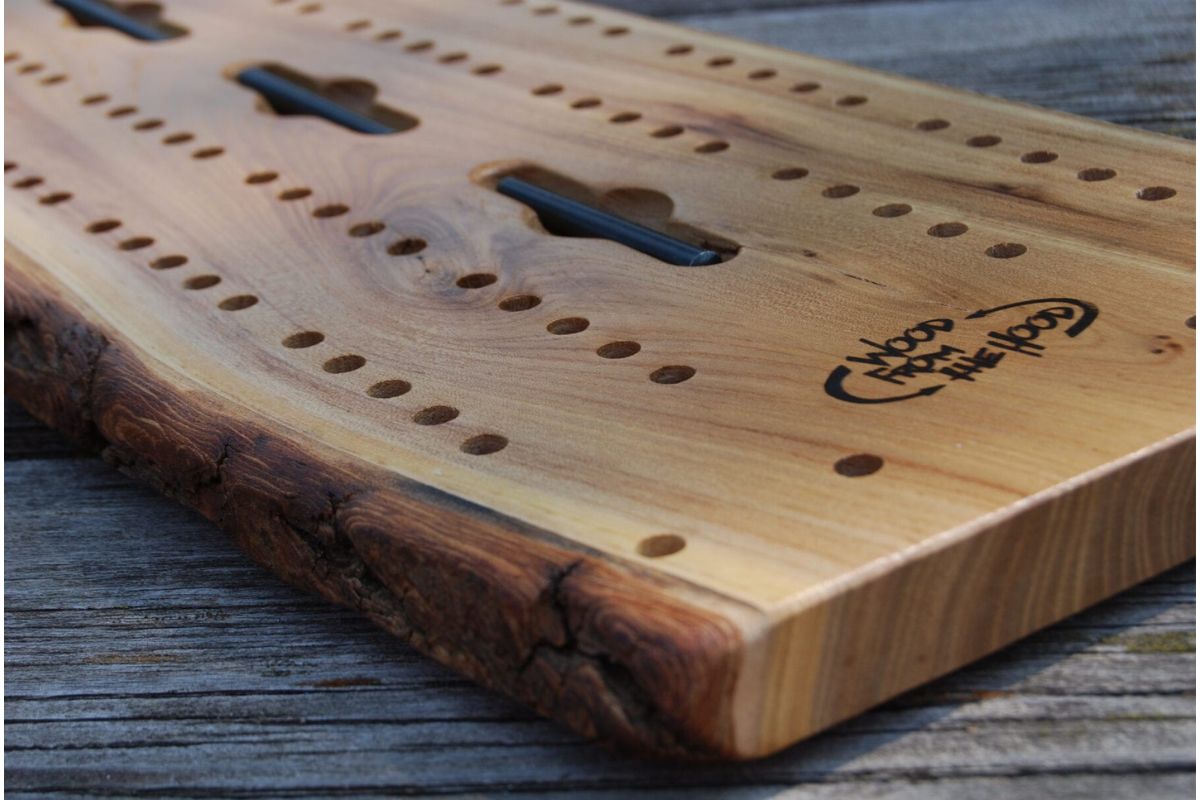
Leave a Reply